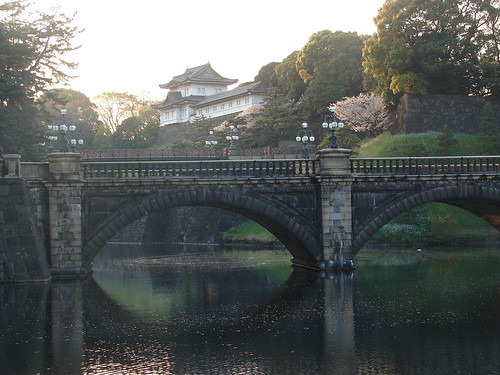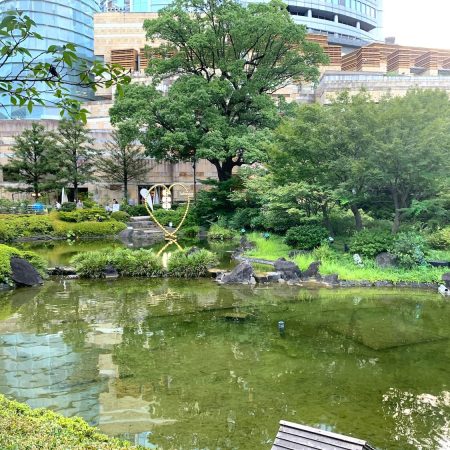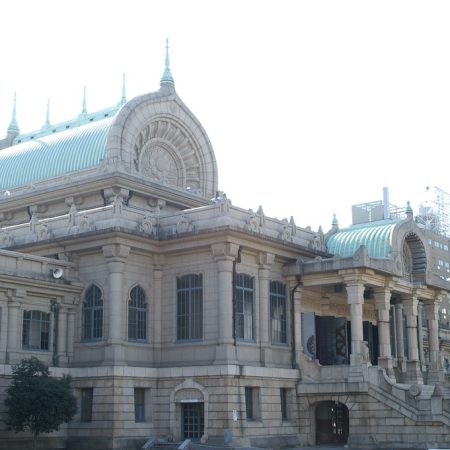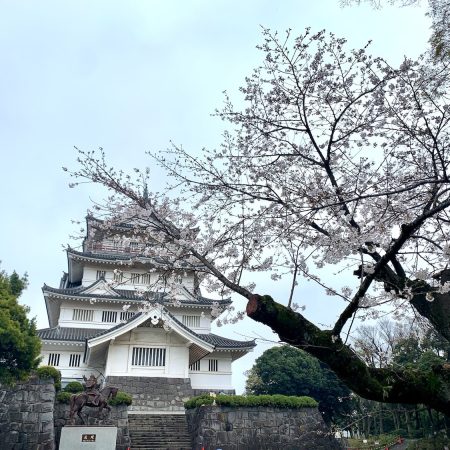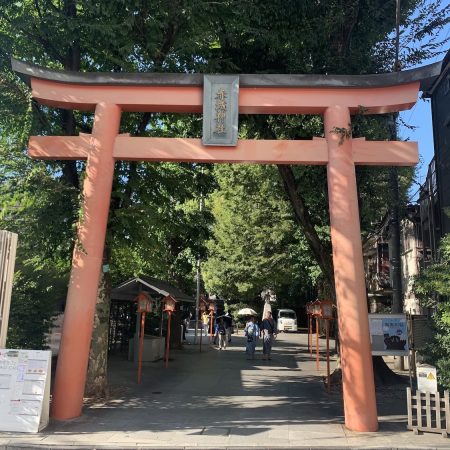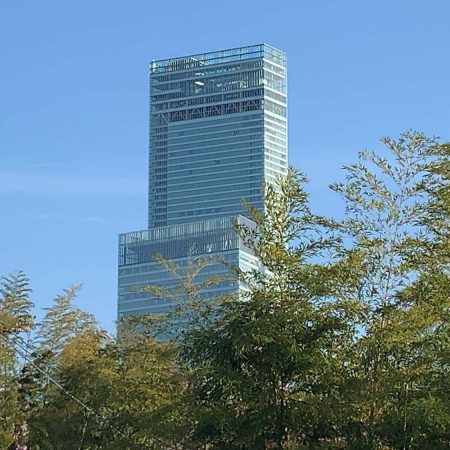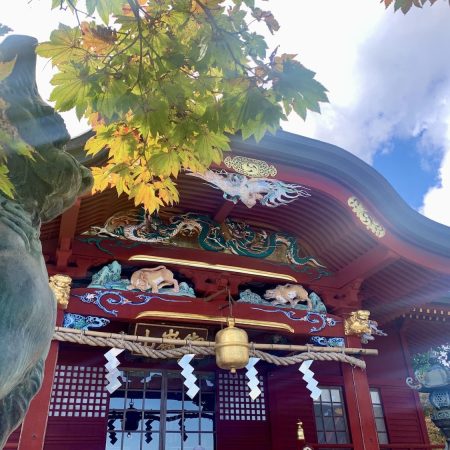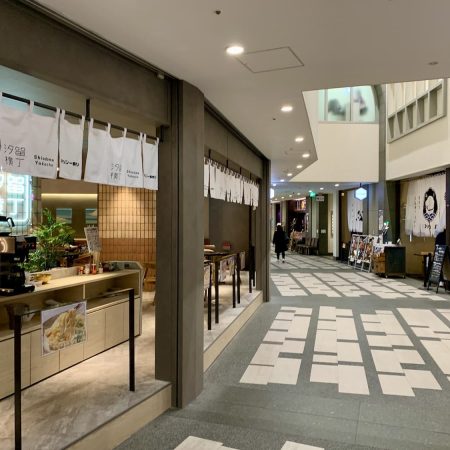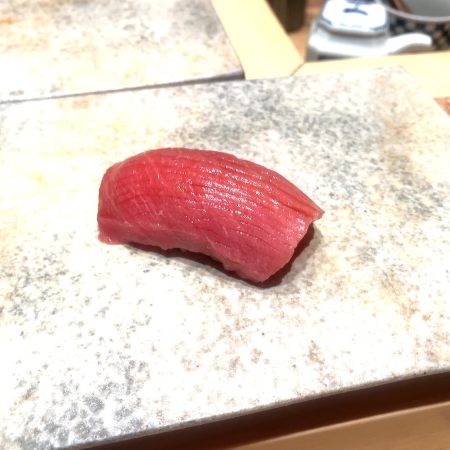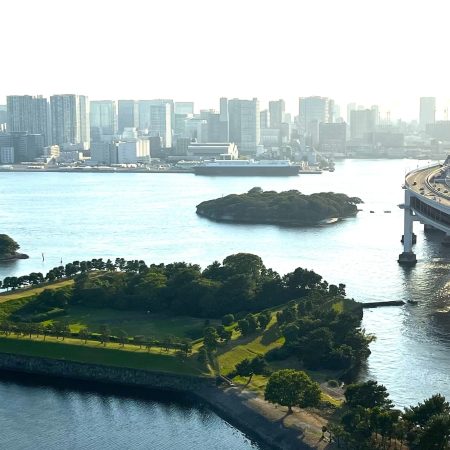A Hidden Gem Known for Its Rich History and Cultural Significance
The Nijubashi Bridge is a hidden gem waiting to be discovered. It is located a stone’s throw away from the Tokyo Metro Sakuradamon, Hibiya, and Nijubashi stations, and spans the moat surrounding the Imperial Palace main gate, providing access to the palace grounds. However, it is worth noting that “Nijubashi” officially refers only to the iron Seimon-tetsubashi Bridge, and not to both bridges in front of the main gate, as some may believe.
Dating back to the Edo Period, the Nijubashi Bridge was originally constructed as a wooden bridge known as the “Nishinomaru Gejobashi.” Its unique design, with a secondary wooden support mechanism underneath, created an illusion of two bridges. However, due to the depth of the moat at that location, the bridge was built on top of logs as a foundation to support the girders, leading to it being referred to as the “Nijubashi” or “double bridge.” In 1888, it was rebuilt as an iron bridge and subsequently repaired in 1964, adopting its current appearance. During this renovation, state-of-the-art anti-rust technologies such as zinc spray were introduced in Japan for the first time.
Although the Nijubashi Bridge is not open to the public, except for special occasions like the New Year’s Greeting and the Emperor’s Birthday, it is regarded as a symbol of Japan and is frequently featured on postcards and photographs. Its graceful architecture and picturesque views of the palace grounds and gardens entice both tourists and locals alike.
The bridges are of significant importance to Japanese culture, as they represent the continuity and modernization of the imperial institution and its connection to the historical Edo period. As visitors gaze upon the bridges and soak in the surrounding scenery, they can perceive the rich history and cultural significance behind these majestic structures.
To catch a glimpse of these iconic bridges, visitors can take the subway to Otemachi Station or Nijubashimae Station and walk for approximately 10 minutes to the Koyo Gaien. From there, they can view the bridges from a distance or join a guided tour of the Imperial Palace that includes a visit to the bridges.

